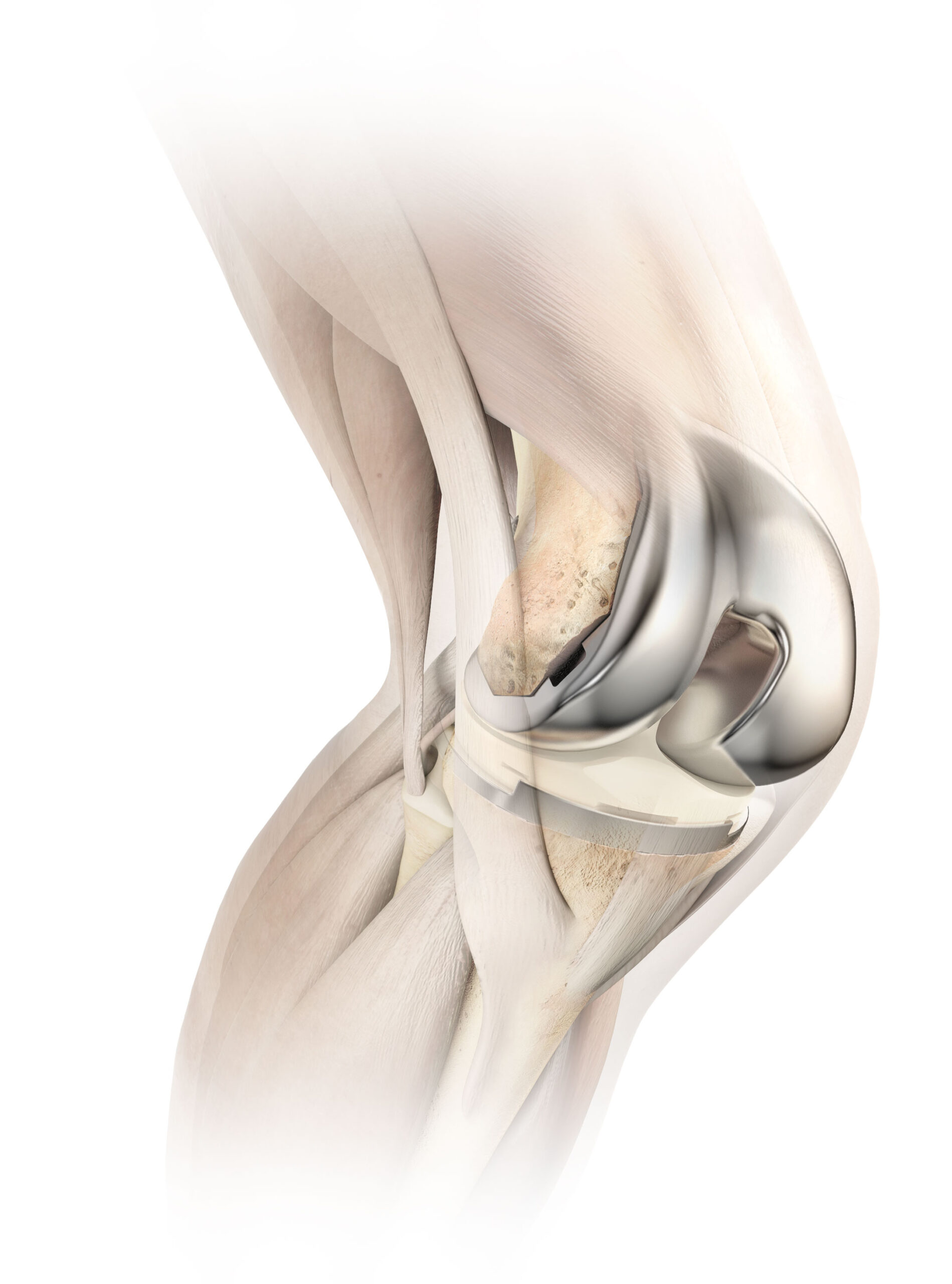Frequently Asked Questions
The STAR MODEL
I will try to answer all your questions using the STAR model. I hope I provide clear, concise, and impactful responses by outlining past experiences in a logical format.
Situation
Describe the context or background of the scenario I was in.
Task
Explain the specific responsibility or challenge I faced.
Action
Detail the steps I took to address the situation.
Result
Share the outcome of my actions and any lessons learned.
Can I share an example of a time when I took the lead in driving a significant change that resulted in improved outcomes compared to the existing approach?
One of my hospitals, part of a large private healthcare group, was exclusively using SIGMA knee implants. Despite the potential benefits of transitioning to ATTUNE implants, the hospital group was unwilling to negotiate with the commercial team due to ATTUNE’s higher cost compared to SIGMA. This presented a challenge, as I needed to introduce change in an environment resistant to new investments.
My objective was to develop a strategy that would not only demonstrate the value of ATTUNE implants but also align with the hospital’s needs, ensuring that the transition would be beneficial for all stakeholders—hospital administrators, surgeons, and most importantly, patients.
Instead of focusing solely on cost, I took the time to understand the specific needs of my hospital and engaged directly with key decision-makers. I crafted a value proposition highlighting the clinical benefits, long-term patient outcomes, and overall cost-effectiveness of ATTUNE implants, considering aspects such as reduced revision rates, improved patient satisfaction, and enhanced surgical efficiency. By shifting the conversation from cost to value, I was able to present a compelling case tailored to the hospital’s priorities.
As a result of this strategic approach, the hospital decided to proceed with the transition to ATTUNE implants—despite the broader private group’s reluctance to do so. Even today, this hospital remains the only one in the group using ATTUNE knee implants, demonstrating the lasting impact of this change. This achievement stands as a testament to the power of understanding customer needs, building tailored value propositions, and leading change with a patient-centred mindset—something I take great pride in.

Shaping Knowledge: Your Questions Answered

Managing implant consignments in hospitals required a delicate balance between ensuring surgeons had access to the necessary implant sizes for their patients while simultaneously reducing costs and minimising waste. Our data showed that a significant number of expired implants were being discarded, leading to unnecessary financial losses. To improve efficiency, we launched a project to reduce consignment levels while maintaining patient care standards.
My role was to lead discussions with key stakeholders—including surgeons and theatre managers—to identify their critical needs, address concerns about implant availability, and implement a solution that aligned with both hospital and business objectives.
I initiated open conversations with surgeons and theatre managers to gain insight into the specific implant sizes they used most frequently and those that were rarely needed. To mitigate concerns about potential shortages, I introduced the VELYS pre-planning system, which allowed hospitals to pre-order special implant sizes in advance when required. This ensured that patient needs were met without maintaining excessive stock levels.
Through this proactive approach, we successfully reduced consignment stock, minimised the number of expired implants being discarded, and lowered costs without compromising patient care. The new system provided hospitals with greater control over their inventory, increased efficiency, and ensured that patients continued to receive the right implants when needed.
As a scrub nurse, I frequently supported knee revision surgeries, ensuring that the surgical team had everything they needed for a smooth and efficient procedure. However, I noticed that one hospital was heavily reliant on external support, which posed a risk of cancellations or delays if I or another specialist was unavailable. My goal was to enhance their confidence and independence, allowing them to perform these surgeries more seamlessly.
I wanted to find a way to reduce their dependence on external specialists while also ensuring consistency and efficiency in knee revision procedures. Given my experience in surgical workflows, I recognised that a structured approach to tray placement could help the scrub team integrate the initial steps of the procedure more effectively.
I developed a clear protocol for organising the surgical trays in the operating theatre. By leveraging my knowledge of surgical flow, I created a system that standardised the setup, ensuring that the scrub team could anticipate the sequence of the procedure with greater autonomy. I then provided training and guidance to help them implement this approach.
As a result, the scrub team gained confidence in handling the initial steps of knee revision surgeries, reducing their reliance on external support. On several occasions, this allowed me to remotely assist cases, as we all knew exactly how the operating room setup was structured. Ultimately, this not only improved surgical efficiency but also minimised the risk of last-minute cancellations, ensuring that patient care remained uninterrupted.
In my role, I always align my actions with my values and the CREDO of the company, ensuring that the patient’s needs remain the top priority. However, there are times when we are unable to fulfil a customer’s request—such as when a product is on backorder. These situations can be frustrating for our customers, as they rely on timely deliveries to provide the best possible care for their patients.
My responsibility is to handle these challenges with professionalism, emotional intelligence, and clear communication, ensuring that the customer feels heard and supported, even when the circumstances are beyond my control.
The first step I take is to actively listen to the customer’s concerns, acknowledging their frustration without taking it personally. I remain confident in the knowledge that I have done everything within my power to provide what they need, while also showing genuine empathy towards their situation. I strive to communicate proactively, keeping them informed about potential delays as early as possible to help them anticipate and manage any impact on their work.
When issues arise, I approach the feedback with humility, recognising it as an opportunity to strengthen my relationship with the customer rather than as a setback. I express my commitment to finding alternative solutions where possible and use their feedback to identify ways to enhance our processes for future deliveries.
By handling these situations with transparency, empathy, and a solution-focused mindset, I have been able to maintain strong customer relationships, even in challenging circumstances. My approach not only fosters trust but also demonstrates my dedication to continuous improvement and ensuring the best possible outcomes for both our customers and their patients
When we hired two new Clinical Specialists for our team, both without prior experience in the role, I recognised the importance of providing structured guidance and support to ensure their success. Given the complexity of our work, I wanted to create an environment that fostered learning, confidence, and performance growth while ensuring they felt fully supported throughout their journey.
My goal was to equip them with the necessary knowledge, skills, and confidence to perform effectively, while also assessing whether they were the right fit for the role. To achieve this, I focused on building trust, providing a structured education pathway, and leveraging innovative training tools to enhance their learning experience.
The first step was to establish a safe and open environment, where they felt comfortable asking questions, sharing concerns, and expressing their challenges. I strongly believe that a high-performance team is built on trust and rapport, so I encouraged open communication from the start.
Next, I developed a clear and structured education pathway with defined objectives, ensuring they knew exactly what they needed to learn at each stage. To reinforce their training, I aligned the various learning resources available within the company, incorporating VR glasses and high-tech tools to introduce gamification, which has proven to enhance long-term knowledge retention.
In addition, I organised surgeries for them to observe and participate in, allowing them to gain hands-on experience in real clinical settings. By progressively increasing their involvement, I ensured they built confidence and competence in a controlled and supportive manner.
This structured and supportive approach enabled both Clinical Specialists to progress effectively, gaining the necessary skills and knowledge to perform their roles successfully. They felt empowered and confident, knowing they had a clear learning path and a strong support system. By tailoring their development journey and providing continuous mentorship, I helped them transition into their roles smoothly, ultimately contributing to the team’s overall performance and success.
A decision was made to remove the XXSMALL size from the LPS femoral set in our country. Given my experience in complex surgeries, including revision and tumour cases, I immediately recognised the significant risk this posed—not only for the business but, more importantly, for the patients who might require this size in the future.
My objective was to influence the business to reconsider this decision, ensuring that we continued to meet both clinical and commercial needs without compromising patient outcomes. To do so, I needed to provide data-driven insights and a strategic alternative that balanced profitability with patient care.
I acted swiftly, initiating discussions with the Product Manager to express my concerns and provide a comprehensive analysis of the potential impact. I compared utilisation data across different sizes, highlighting cases where the XXSMALL size had been essential. Additionally, I explored alternative kit compositions, demonstrating how we could optimise inventory while still ensuring that all necessary sizes remained available. Through a series of collaborative meetings, we worked together to identify a solution that would support both the business objectives and patient safety.
As a result of these discussions, the XXSMALL size was retained within the LPS femoral set, ensuring that patients requiring this specific size would continue to receive the best possible care. At the same time, we successfully maintained profitability, demonstrating that a well-informed, data-driven approach could lead to a decision that benefits both the business and the clinical community.
